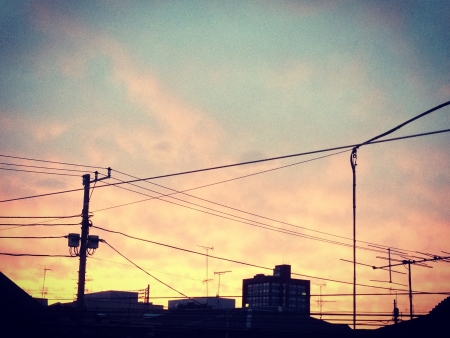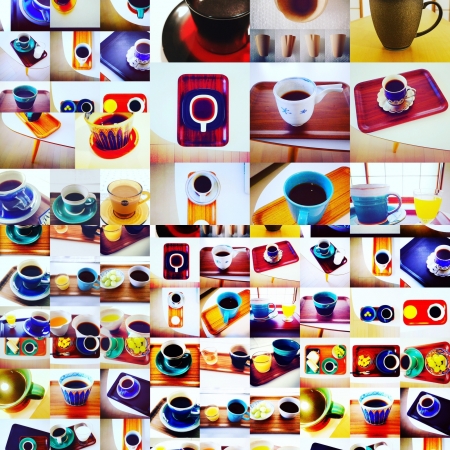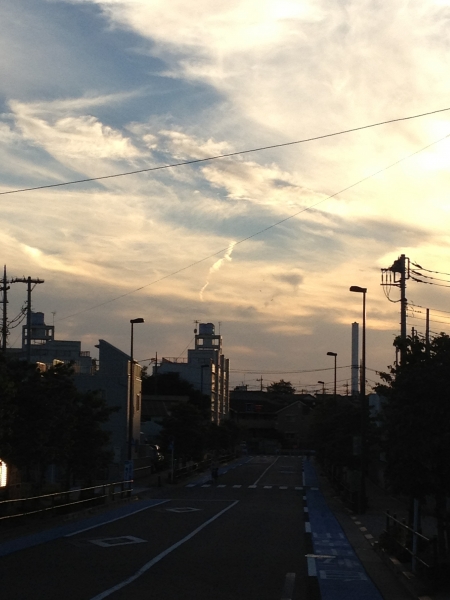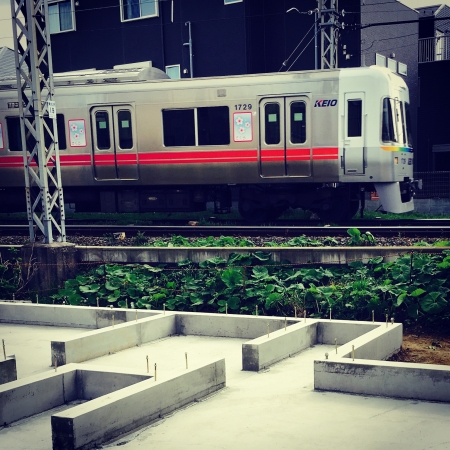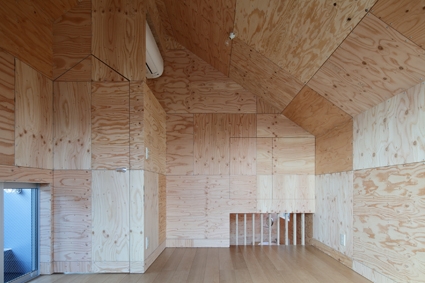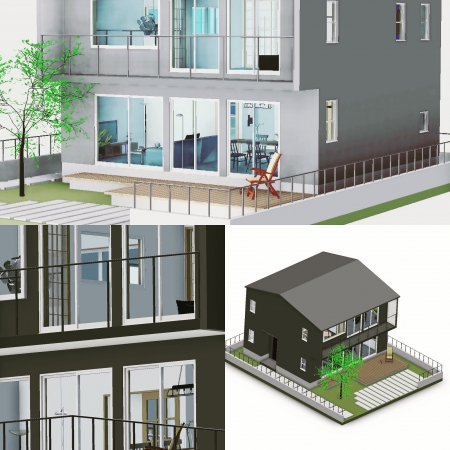向き合う
意識をして何かに取り込むことは、ああ、楽しいな、面白いな、きっと、見ているだけとか、食べているだけとか、よりも良いと思ってしまう。
だから、何でも自分でやろうとしてしまい、余計に時間がかかってしまい、どうしたらいいかな、と悩む時もあるけれど、そこがまた楽しかったりする。
結局、そこの部分が無いと毎日の生活が楽しくない、日常の出来事に満足できないのだと思うが、よくよく振り返ったり、細かく見ていくと、そのものズバリ、今取り組むべきことよりも、その周辺の整理することが多かったり、そこに気をとられていたりして、そこから抜け出せないでいることも多い。
前は、その周辺のことにヒントや学ぶことも多く、そこも大事というか、そこの方が大事だと思っていたけれど、それは、そのものズバリ、今取り組むべきことから逃避しているに過ぎないので、最近は気にも止めないようにしているが、なかなか、素直に向き合うのも、いろいろ試行錯誤があって、変化があって、ヒントも学ぶこともある。
"Facing"
Being conscious and taking something into something is a lot more fun, interesting, surely, better than just looking, eating, and so on.
So I try to do everything myself, it takes extra time, and sometimes I wonder how to do it, but I enjoy it again.
After all, I think I can not enjoy my daily life without my part, but I am not satisfied with my daily events, but if I look back on it carefully or look in detail, it's better than things I should work on now. There are a lot of things to be organized and taken care of there, and in many cases they can not get out of there.
I used to think that there were a lot of hints and lessons in the surrounding area, and that was important, but I thought that there was more important, but it is only a escape from things that should be tackled now. So, I try not to stop my mind these days, but there are many trials and errors in facing honestly, there are changes, and there are also hints and lessons.

